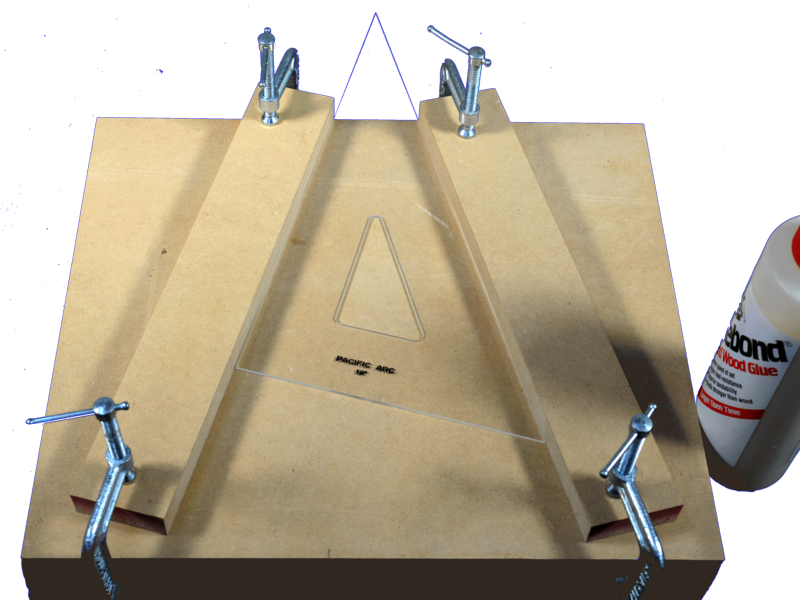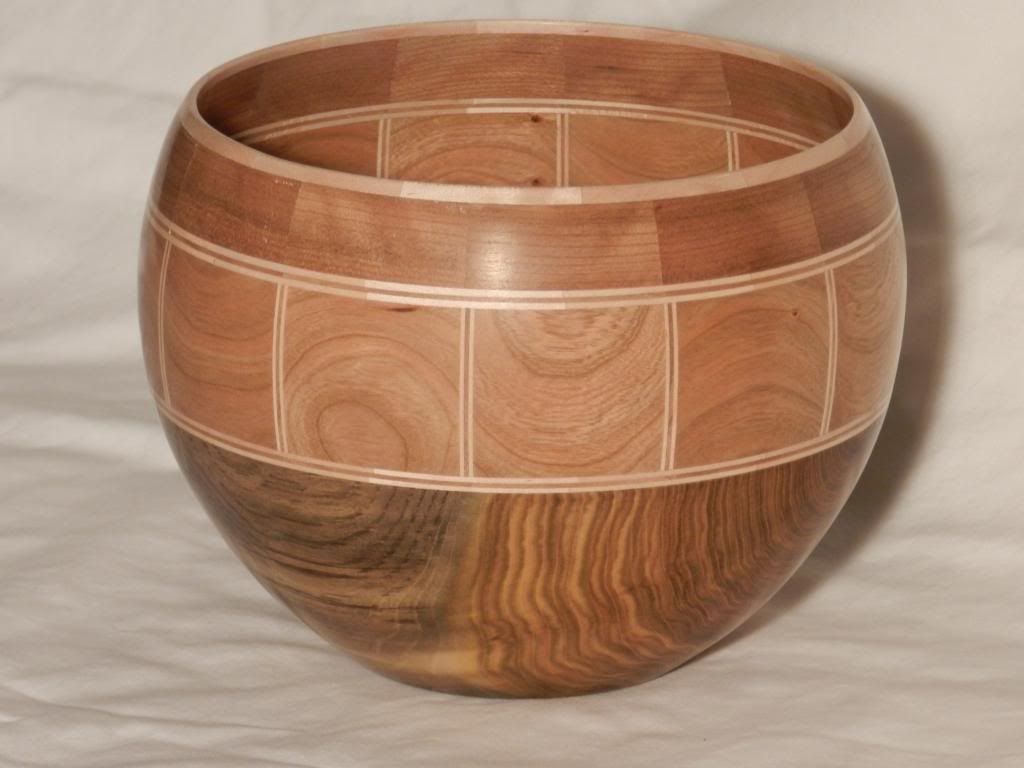I've never made a segmented turning before. Someone asked me to make a mortar and pestle for them for grinding garlic, so they're looking for something about 8 inches in diameter. I figured I'd make one out of maple but I didn't have a piece big enough for a solid turning. I used all the directions I could find about calculating the number of sides (6 in this case) and the thickness of the pieces. As I'm making it with 6 sides each cut needs to be 30 degrees. I understand all of that. What's driving me nuts is when I make the angle cuts. I used an angle finder and a protractor to double check the angle finder. I built a sliding sled and secured a fence at 30 degrees from the table saw blade. Double checked it with the angle finder and protractor and everything looked good. I made some mock ups with 1/4" plywood rather than ruining a bunch of maple. The angles didn't match...(*^#@*&!!!!!!!) I started adjusting the angle of the fence a little at a time, I tried using my miter saw, nothing got me on the mark for the 30 degree angle. What's the secret? Do I need to get a high end protractor? I like how segmented bowls and turnings look but I'm questioning my decision to try one at this point. Help!!!




 Reply With Quote
Reply With Quote




